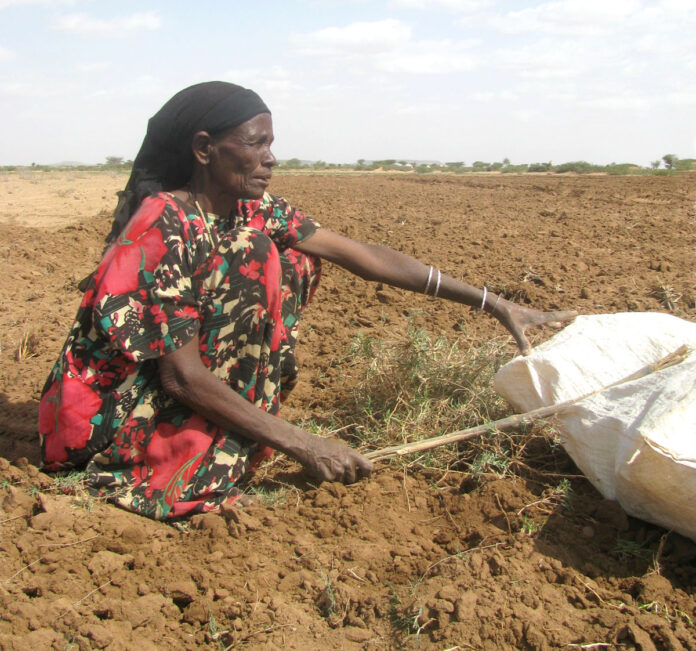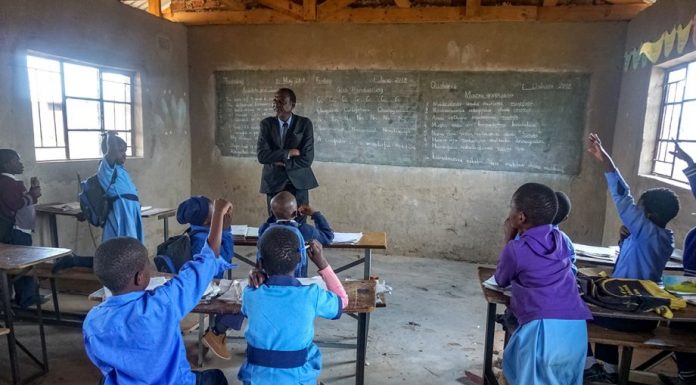
Sydney Kawadza
At least 47.6 million people in Southern Africa are food insecure with rural food insecurity expected to peak between November 2021 and March next year.
According to the SADC’s Synthesis Report on the State of Food and Nutrition Security and Vulnerability in Southern Africa for 2021, most smallholder farming families would have depleted their own food stocks ahead of the next harvest in April 2022.
Southern Africa suffers widespread food and nutrition insecurity.
“This year, in the ten SADC Member States that submitted data, an estimated 47.6 million people are food insecure, which is a 5.5 percent increase from last year and 34.3 percent above the 5-year average,” the report said.
In the report SADC said the DRC recorded a 25 percent year-on-year increase in the number of people in Integrated Phase Classification Three and above, from 21.8 million to 27.3 million people.
“This rise is partly attributable to additional communities being assessed. The situation in Madagascar has worsened significantly: the number of people food insecure increased by 136 percent from last year, with 1.31 million people facing IPC Phase 3 and above.”
The IPC Acute Food Insecurity (IPC AFI) classification provides strategically relevant information to decision makers focusing on short-term objectives to prevent, mitigate or decrease severe food insecurity that threatens lives or livelihoods.
The report further states that child malnutrition is of great concern in the region with almost 19 million children being stunted in the region, that is, one in every three.
All SADC states, according to the report, have a prevalence of stunting that is classifies as high or very high by the World Health Organisation.
“Food and nutrition insecure communities require urgent assistance in the form of food and/or cash-based transfers.
“Social protection programmes and shock-responsive social safety nets must be scaled up, incorporating gender perspectives,” the report said.
Favourable rainfall led to improved cereal and livestock production over most of the region, with South Africa, Zambia, and Zimbabwe recording maize surpluses.
“However, the above-average rainfall season was coupled with a destructive cyclone season, with five weather systems making landfall.
‘These storms affected over 500,000 people and damaged over 219,000 hectares of farmland.”
Some SADC states also experienced localized prolonged dry spells, including Angola, DRC, Namibia, Madagascar, and Mozambique and acute malnutrition has worsened markedly in these areas.
The report, however, states that the average to above-average cereal production in many SADC countries is expected to keep staple food prices below 2020 levels.
However, even with sufficient production, lower or lost incomes due to COVID-19 have led to a reduction in household purchasing power.
“The lockdown has caused a catastrophic seven percent contraction in regional gross domestic product.
“Diets continue to worsen as diverse varieties of food become unavailable, inaccessible, and unaffordable to the most vulnerable households, contributing to malnutrition.
“The pandemic is reversing the progress made in poverty reduction in the region over the past two decades.”
The report further notes that even before COVID-19 reduced incomes and disrupted supply chains, hunger had been increasing across Southern Africa.
Contributing factors include pervasive poverty, climate change, conflict, gender disparities, diseases, pests, and natural disasters.
“For many parts of the region, four of the past six rainfall seasons have been poor (this year being one of the exceptions). Civil unrest has recently erupted in eSwatini, and a volcano displaced communities in southern DRC.
“African Migratory Locust (AML) outbreaks continue, with sightings reported in Angola, Botswana, Namibia, Zambia, and Zimbabwe.”
Southern Africa had recorded about 2.5 million COVID-19 cases and 72,000 deaths by July 1 this year, although the true death toll is likely far higher.
The epidemiological situation remains unpredictable as new variants emerge, most recently the Delta variant, which has caused a surging “third wave”.
The report also states that saving lives remain the priority, which will require access to affordable vaccines, targeted containment efforts, and added spending to strengthen local health systems; coupled with comprehensive responses to food and nutrition insecurity.








